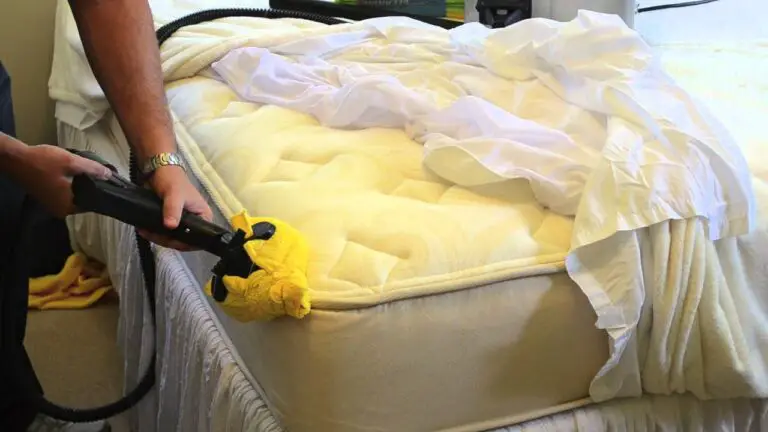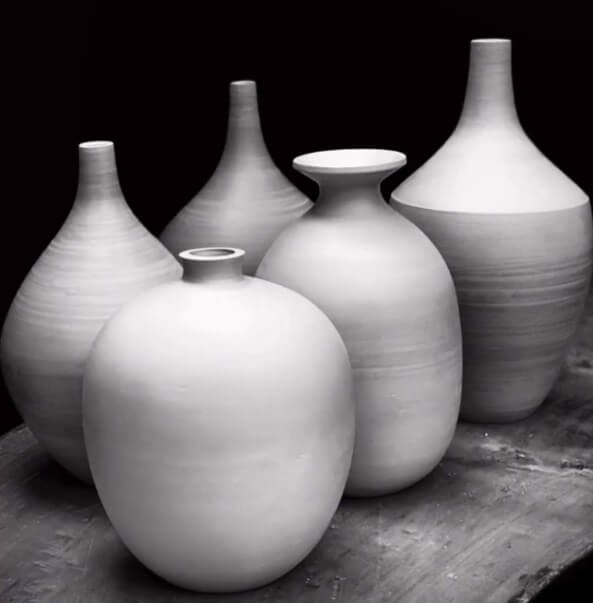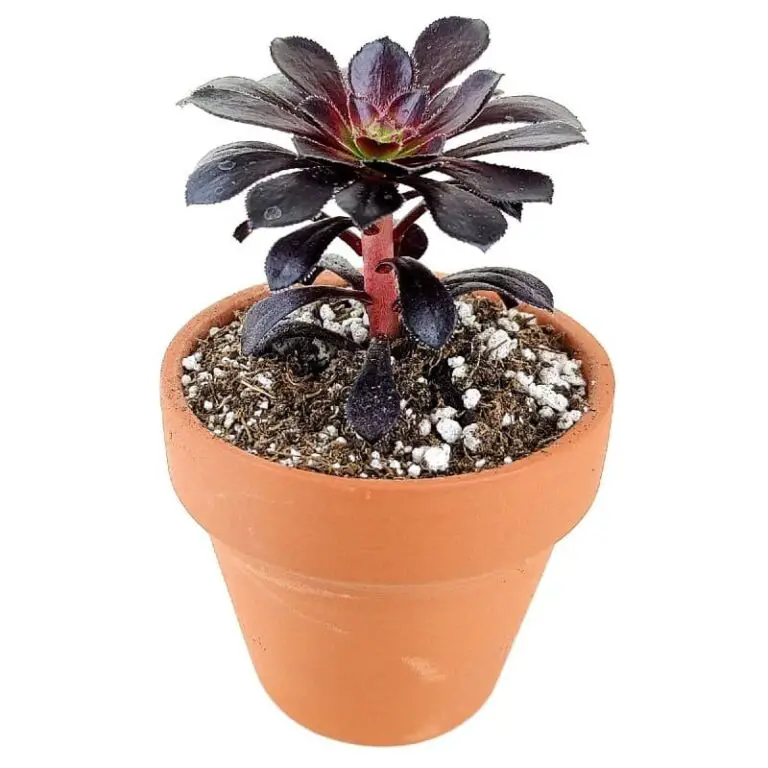10 Butterflies To Attract Into Your Garden
Summer brings a flurry of activity to our gardens, but it’s not just the vibrant blooms that capture our attention. It’s also the season of ‘flying flowers’ – bees, butterflies, moths, hoverflies, and dragonflies that flit from flower to flower. These tiny winged wonders are a crucial part of our ecosystem, pollinating plants as they go. In fact, one out of every three bites of food we eat is thanks to the hard work of these flying flowers.
PEACOCK
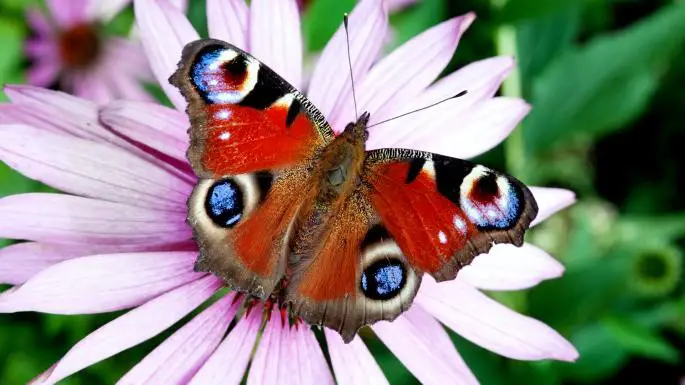
As the seasons transition, a vibrant tapestry of colors unfurls, with peacock, pussy willow, and wild cherry blossoms bursting forth in the spring. Amidst this kaleidoscope of hues, a fascinating spectacle unfolds beneath the radiant sunlight: shiny black caterpillars congregating on sun-kissed nettle patches to feast on their favorite snack.
THE BROWNS
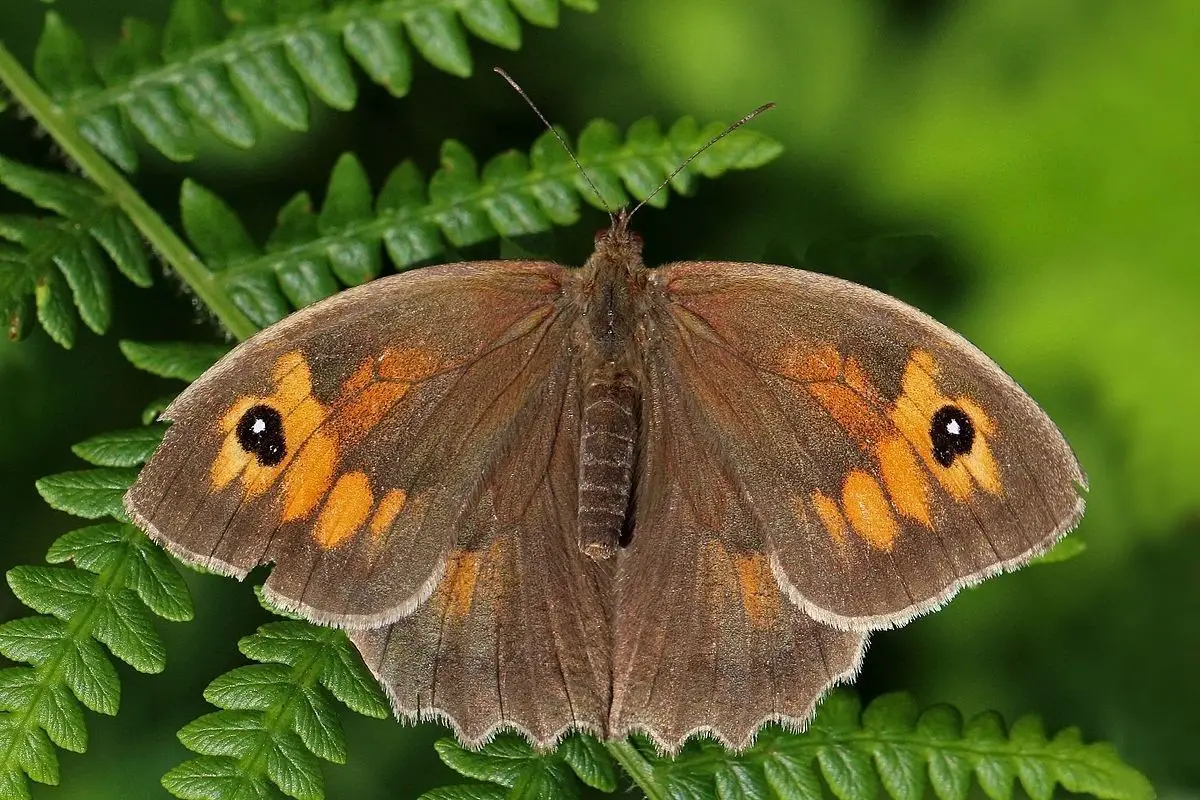
The Browns’ affinity for certain habitats is characterized by their preference for long grass, particularly in areas where the vegetation has not been recently trimmed. Species such as meadow browns, ringlets, and speckled woods can often be found in these zones, which offer a mix of structural complexity and suitable food sources.
RED ADMIRAL
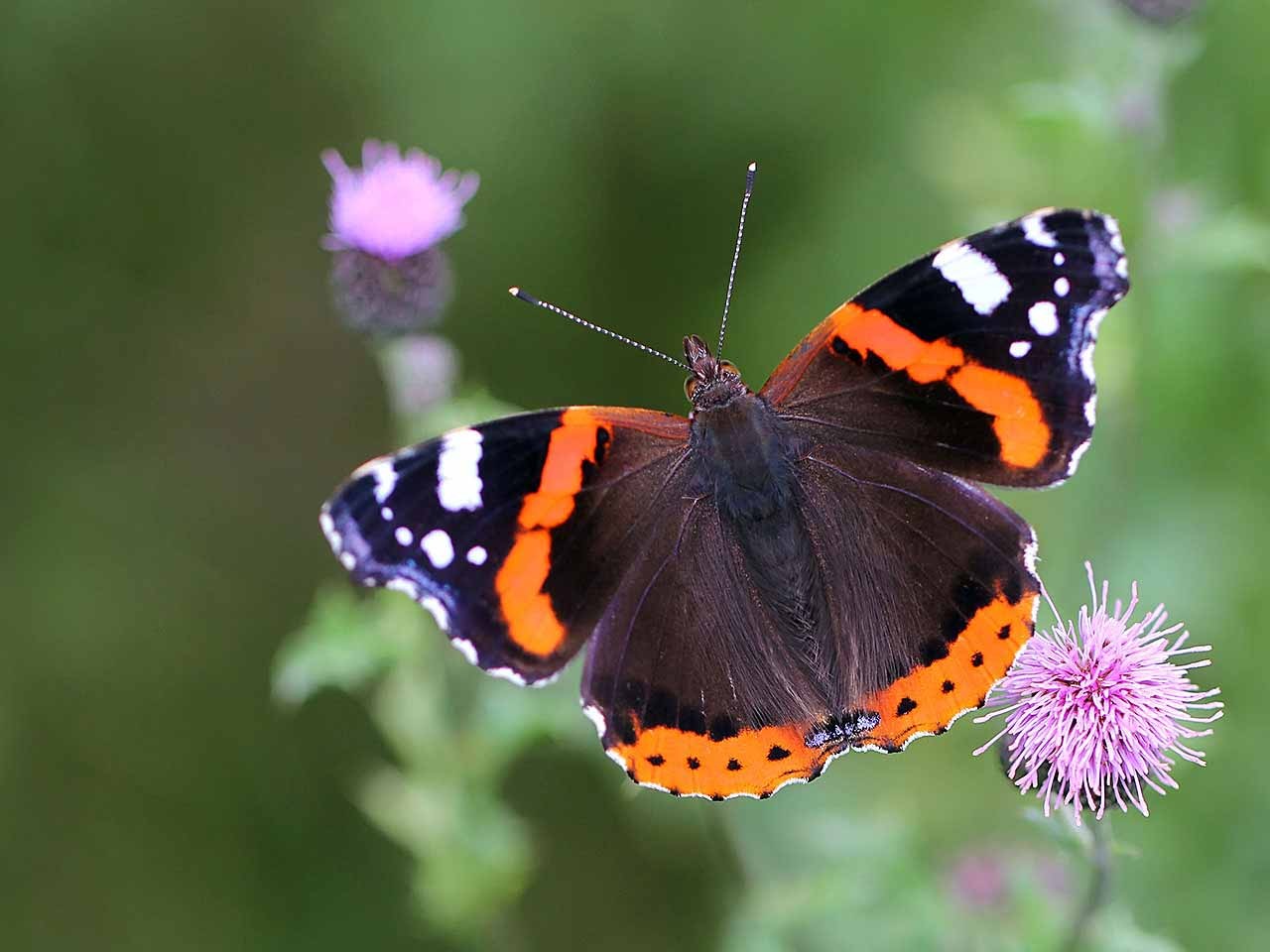
As the winter months arrive, a surprising phenomenon occurs – the red admiral butterfly, known for its impressive migrations, adapts to local conditions by hibernating through the cold season. They can be found nestled in thick ivy or other sheltered spots, having first fueled up on the nectar of autumn flowers and fallen fruit, storing enough energy to sustain them during their long winter slumber.
THE WHITES
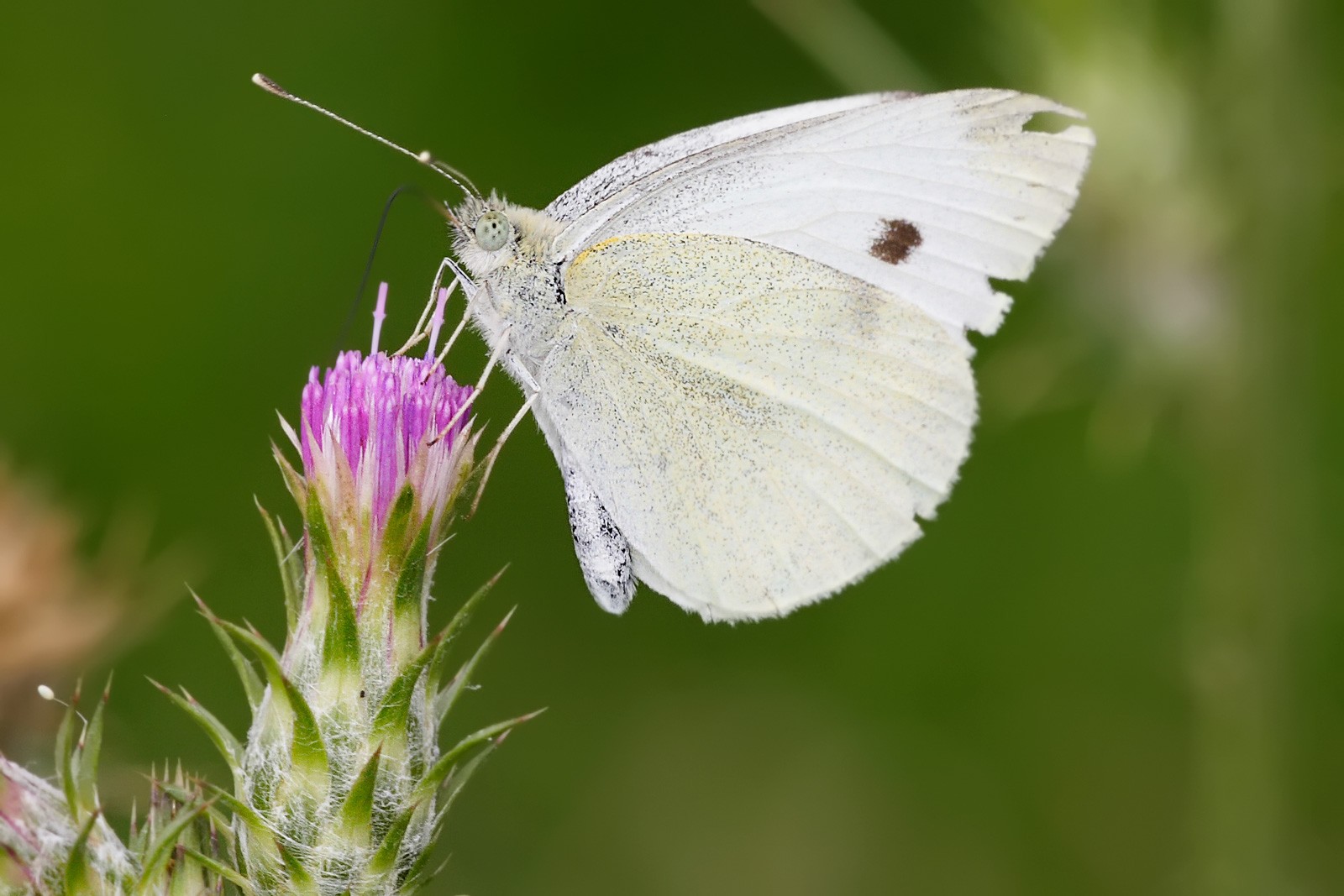
The Whites refer specifically to the cabbage whites (Pieris rapae) and small whites (Pieris marginalis). These species of butterflies are known to feed on various brassica crops, including broccoli, cauliflower, and kale. However, they can be enticed away from these plants by utilizing nasturtium patches as an alternative food source.
COMMA
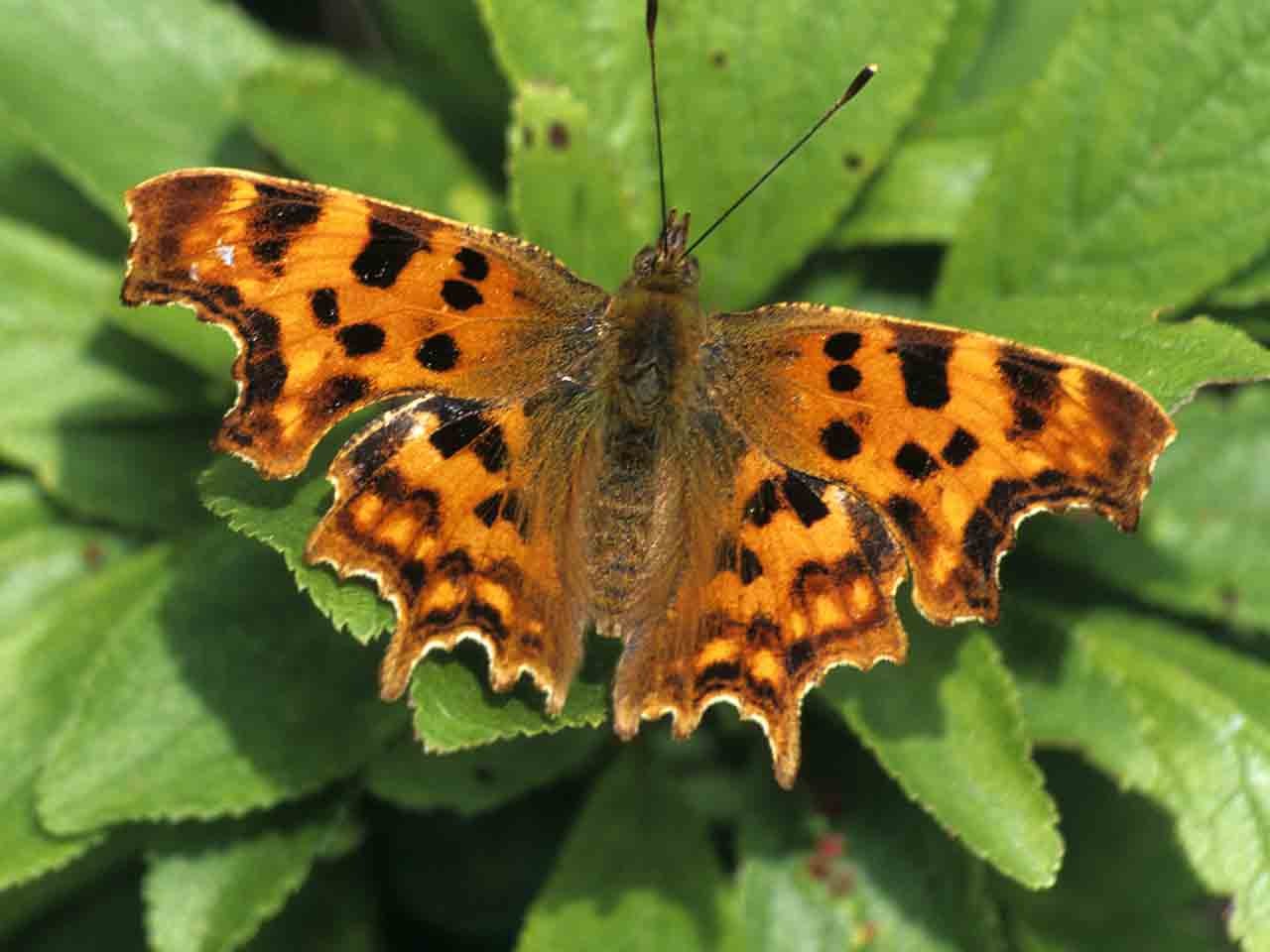
In the territories they inhabit, these reptiles have a fondness for specific resting spots. A peculiar trait is their affinity for basking on rhubarb leaves in my garden, only to take to the skies in thrilling displays of aerial acrobatics as they pursue passing flying insects with gusto.
LITTLE COPPER
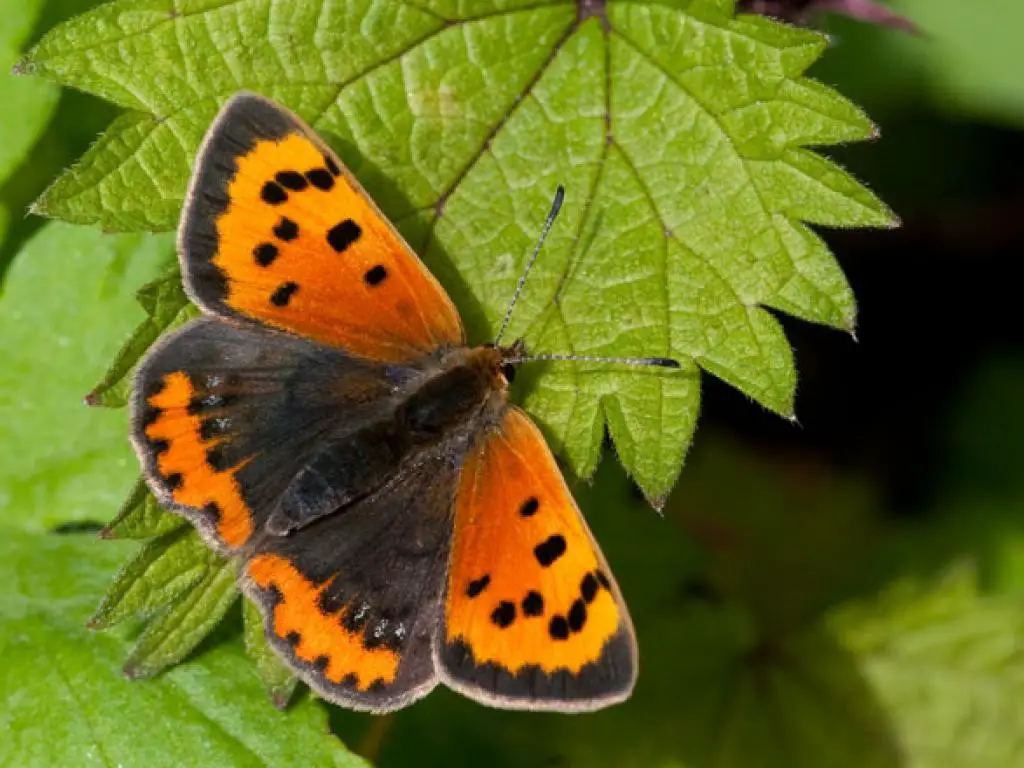
The tiny Copper Treasure, a rare breed, thrives in specific environments. It is often found growing in clusters amidst patches of sheep’s sorrel, where the terrain is characterized by short grass or exposed, sun-baked earth.
PAINTED LADY
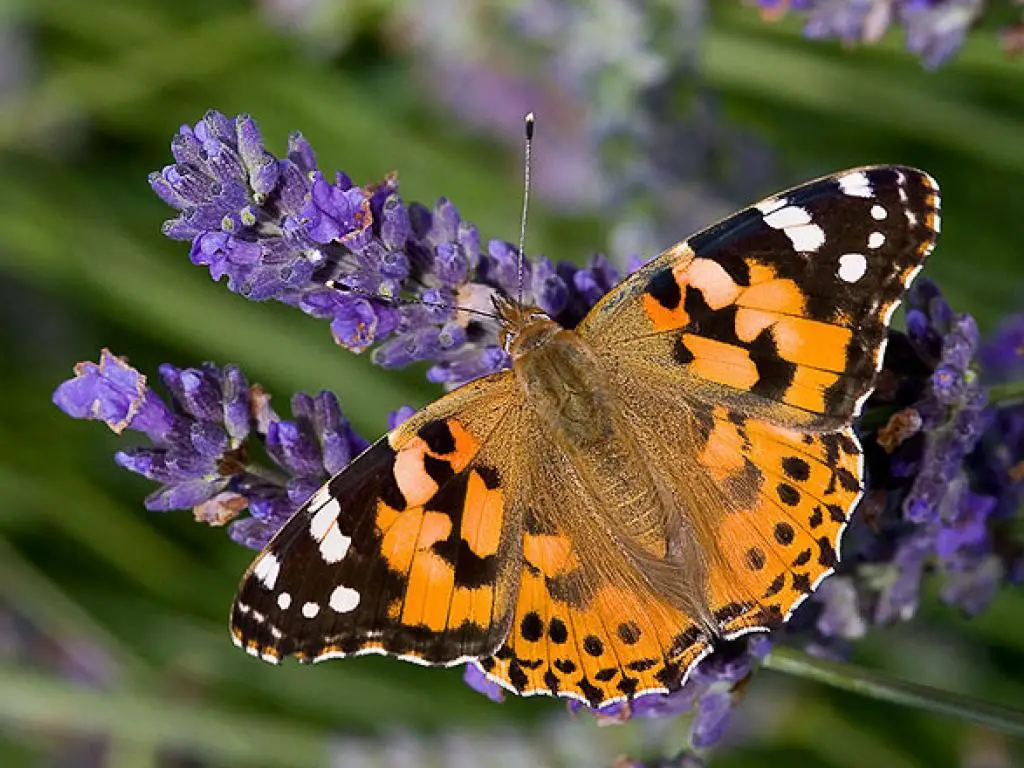
The Painted Lady butterfly embarks on a remarkable journey, migrating from North Africa to its breeding grounds in Europe, where it feeds on thistles. The newly emerged butterflies are insatiable when it comes to nectar-rich flowers like buddleja, allowing them to rapidly grow and develop. This impressive process is closely tied to the life cycle of these magnificent creatures.
SMALL TORTOISESHELL
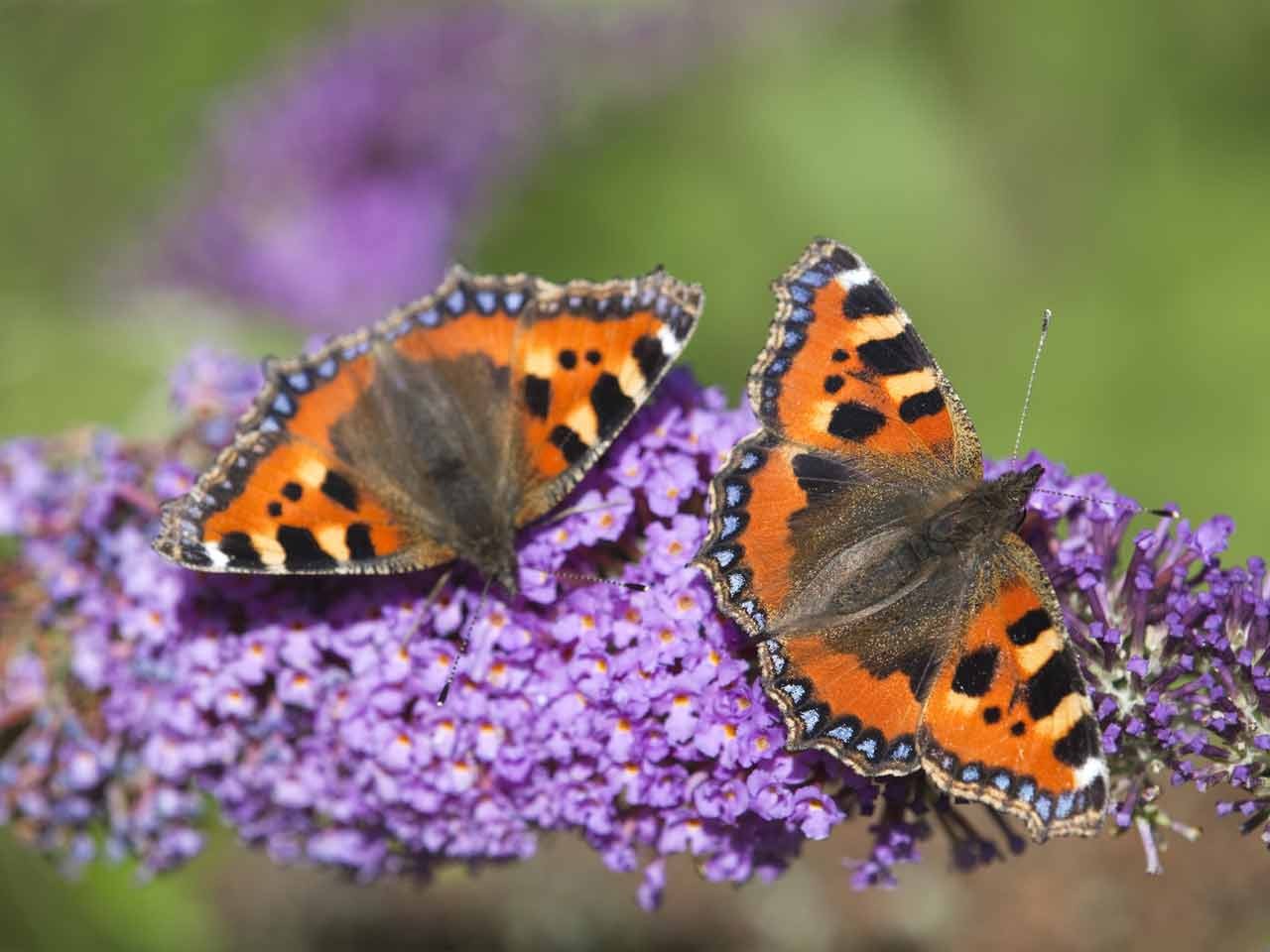
As the first whispers of spring begin to unfold, small tortoiseshell individuals emerge from their winter-long slumber. Having spent the cold months hibernating in cozy roof spaces, they are now ready to rehydrate and refuel by sipping nectar from early bloomers like crocus and dandelion flowers.
ORANGE TIP

The orange-tip butterfly’s life cycle is intricately linked with the flora of my garden. As caterpillars, they feast on garlic mustard, honesty, and sweet rocket before departing for a pupation period on woody herbaceous stems. It’s essential to resist the urge to cut back these stems until April arrives, as this allows the newly emerged butterflies to appear, continuing the cycle anew.
BRIMSTONE
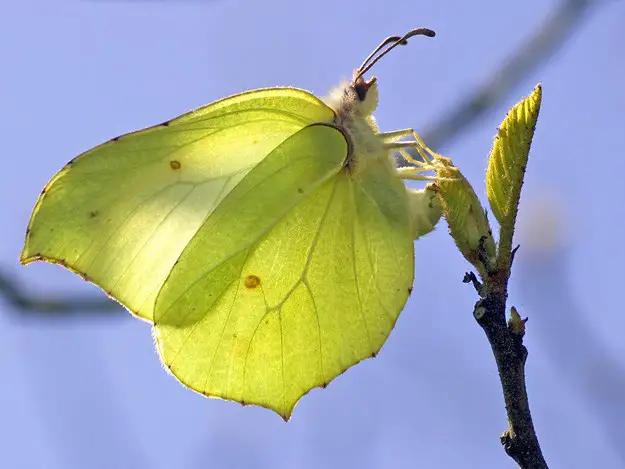
As spring arrives, the Brimstone butterfly’s winter slumber comes to an end. The caterpillars of this species rely on specific host plants, such as purging buckthorn and alder buckthorn, for sustenance during their early development. As the seasons transition into high summer, newly emerged butterflies will begin to flutter about these shrubs, feeding on the nectar of perennial sweet pea flowers.

